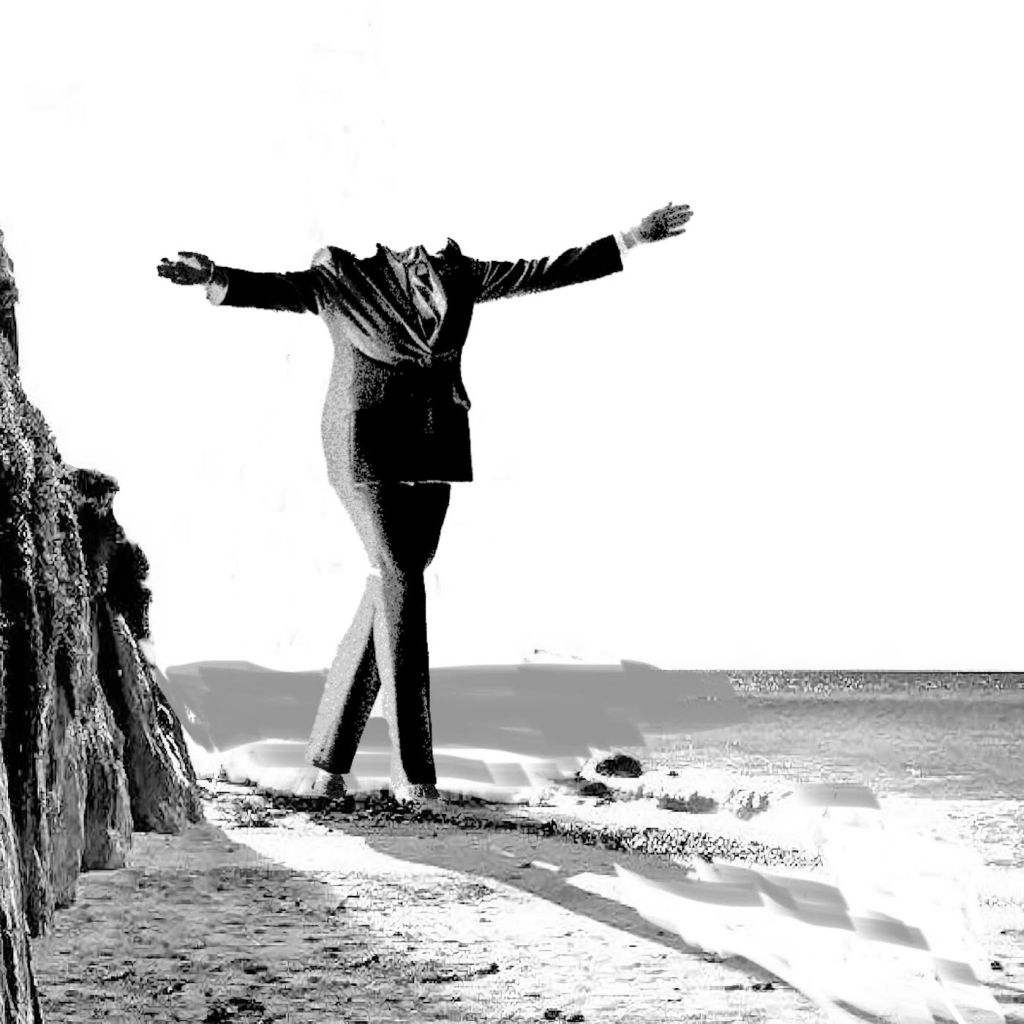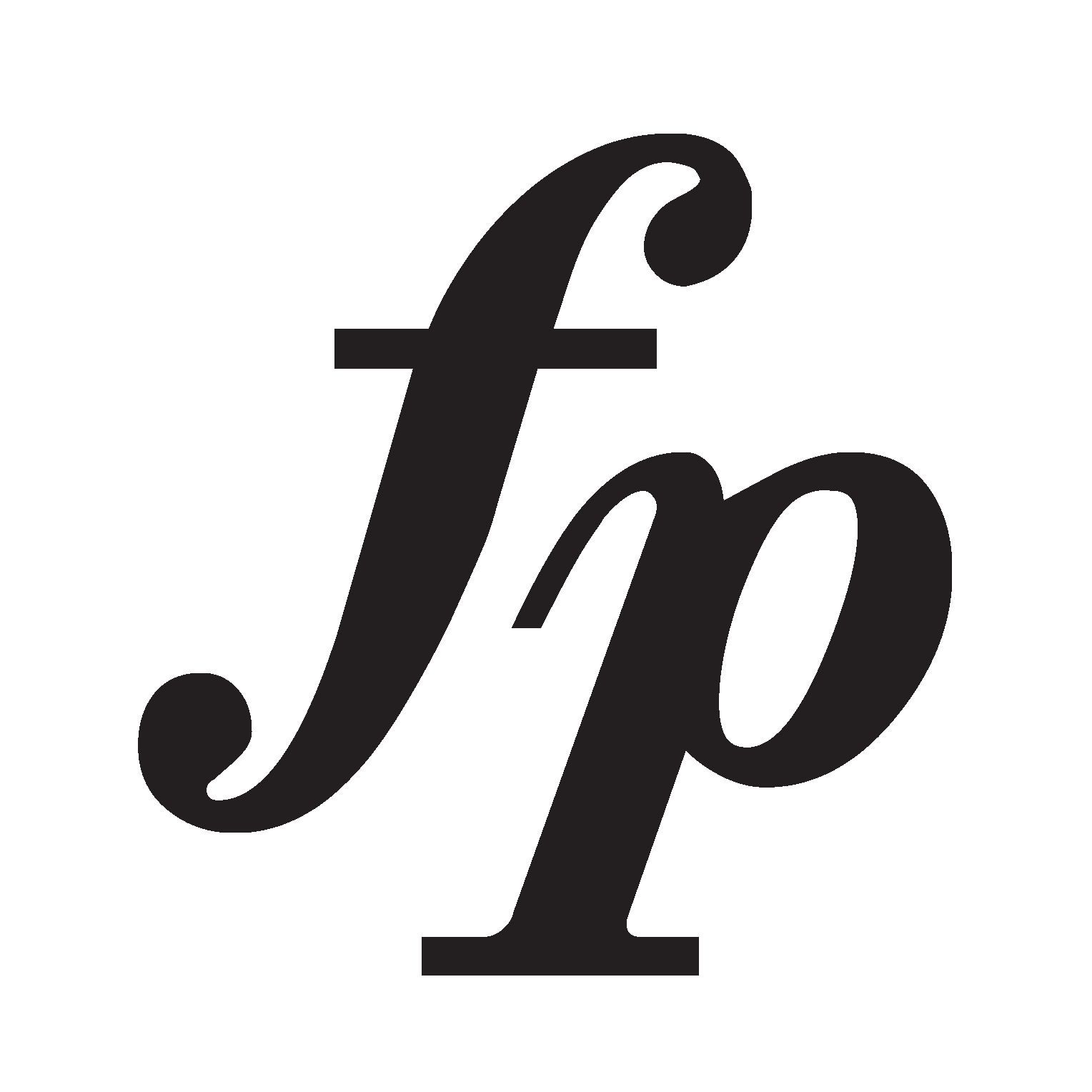By Stella Joseph-Jarecki (Enquiries: stellamusicwriter.wordpress.com)

This piece was written as part of a paid partnership. Unless otherwise stated, all material published on Fever Pitch Magazine is put together through voluntary contributions from the editor (Stella Joseph-Jarecki) or guest contributors.
Can an opera bring together influences as diverse as a cult film from the 60s, a David Attenborough documentary, a US Vice-President, and the music of Karlheinz Stockhausen? Read on to find out.
If you have read anything I have written on the topic of opera (you can find a couple of pieces here and here) you will know that I believe the art form can be brought into the 21st century. But I don’t think that is something that can happen overnight.
To distil it down to the simplest terms, two things are needed: funding, and fresh blood. The two interact in unsatisfying ways: creatives need capital to get their projects off the ground, but applying for grants is an exhaustive and highly competitive process. Without that first package of funding to funnel into a showcase or preview, it becomes even harder to put together compelling applications for future opportunities.
Whether or not it is fair, emerging creatives often have to invest countless hours of their own time and funds from their own savings to turn their concepts into a reality.
All of this to say, the independent project we are featuring below is a particularly exciting one.

Kamalarella is a newly-composed chamber opera written by composer/ producer Michael Folmer Hansen and soprano/ composer Sofia Laursen Habel. It is available for streaming and purchase from Bandcamp, Spotify, and Apple Music.
There’s no doubt that the COVID-19 global pandemic created incredibly challenging conditions for artists. But in Hansen and Habel’s case, it provided the impetus behind two new operas. The pair first collaborated on Repudiating Oran, which was written entirely over Zoom during the Stage Four lockdown in Victoria. Hansen and Habel were joined by singer Luke Belle and New-York based composer and producer Emilio Guarino. The team took inspiration from the real-life ‘Ring of Steel’ between metropolitan Melbourne and regional Victoria, and elements of Shakespeare’s Romeo and Juliet.
Kamalarella follows protagonist Mi, as she tries to survive in the aftermath of events of Repudiating Oran. Emilio Guarino returns to the creative fold, supplying the opera’s lush orchestral overture and finale.
I had the chance to speak to soprano Sofia Laursen Habel about the inspirations behind the project.
SJJ: Can you tell us about the main ideas driving the opera, and what makes it unique?
SLH: Our newly-composed opera is called Kamalarella – a name created from two sources – the 60’s cult classic film Barbarella starring Jane Fonda, and Kamala Harris, newly elected Vice President of the United States. The opera follows the main character Mi, as she navigates a new world post-novel virus. The central ideas explored through this opera are feminism (or female oppression) and the climate emergency.
Musically, Kamalarella merges classical with electronic music. Michael has named Karlheinz Stockhausen’s Helikopter-Streichquartett and Phillip Glass’ minimalist opera Einstein on the Beach as his main musical inspirations. He wasn’t intending for the piece to sound like them, exactly, but that was where he was coming from.

A vocoder is also used in the storytelling to incorporate a robotic sound at various points of the opera. A vocoder is an instrument that distorts the voice – it consists of a mini keyboard and a microphone, and as you press the keys and speak into the microphone, it distorts your voice! It is super cool…
You have taken a musical format many see as dusty and old-fashioned, and used it to explore contemporary issues with a sense of urgency. Can you tell us a bit more about the passion and advocacy element behind this project?
I am extremely passionate about this project – while writing the libretto, I wanted to take from personal experience and keep it relevant to the issues I feel are critical to not only talk about, but act upon.
I particularly enjoyed researching and writing the advertisements that roll in the background in Act 3, and Mi’s three arias. Mi’s arias are written to inspire, to revolutionise the people to revolt against their oppressors. I wanted to connect feminism and climate change, because I believe there are parallels between both issues, as seen in this example from Act 3:
“What is this world? Dying… where are the birds? The forests? The wilderness? The wild? Where is the wild? Where is the wild in me?
Just like the ocean, my mind has been poisoned. Just like the forests, my ideas cut down. Just like this planet, I am empty of life – yet I am living. I must heal my soul, and the soul of the planet. We are one, joined together in this fate.”
As a queer, feminist, environmentalist, and composer and singer, I wrote the libretto as a way of expressing my fears on the current and future state of our planet.
This is my way of screaming at the top of lungs for something to change. I want people to listen, think and act.

How did the compositional process work between the two of you?
First, Michael composed the soundscapes for the 5 Acts. Once they were complete, I wrote the libretto and melody.
Michael and I spent a week in his studio down by the coast once the soundscapes were complete, to create a structure around what the opera should be about, and sound like from a vocal perspective. We spent a few months writing back and forth before going into the studio in Melbourne to record!
Then I completed the libretto, taking inspiration from a variety of sources. In addition to the two I already mentioned: David Attenborough’s TV series Life on Our Planet and Glennon Doyle’s biography Untamed.
The film and cartoon Barbarella – although it is quite problematic by today’s standards due to the sexist nature of the work – was an inspiration at the beginning of the process. Michael introduced me the film. We were inspired by the storyline, the idea of a strong female character living in a dystopian world, as well as the sci-fi aesthetic. Barbarella is an extremely polite and well-mannered character, so we took inspiration from that for when Mi is ‘tamed’ to become the perfect woman.
Untamed is a fantastic book – it is a biography and self-help book which details Doyle’s own experience of losing her ‘wild’ when she ‘tamed’ by society for being a woman, and then to finding her own voice and inner ‘wild’ again later in life.
The book begins with an analogy of a leopard they visit in the zoo. This leopard has been tamed and has lived in the zoo her whole life. After the entertainment, Glennon continues to watch the leopard, and sees that she still has wild instincts – the wild is still within her even though she has been tamed. I used this as inspiration when writing sections of the libretto regarding feminism and climate change: we need a return to the wild.

As for Kamala Harris, both Michael and I are so excited that she is Vice President of the United States. As the first woman, and woman of colour, to be VP, we were so inspired by her speeches, her white suffragette outfit and her as a person. For Mi’s Act 4 aria I specifically tried to emulate the syntax from her inaugural speech as VP. It is so uplifting! Hopefully I have been able to capture some of the same vibe.
Combining ‘Barbarella’ with ‘Kamala’ was a wordplay, to show the progress of female representation on screen, in our society and in politics.
Once the recording was finished, we sent off the opera to Emilio Guarino in the US to compose the overture and finale.

